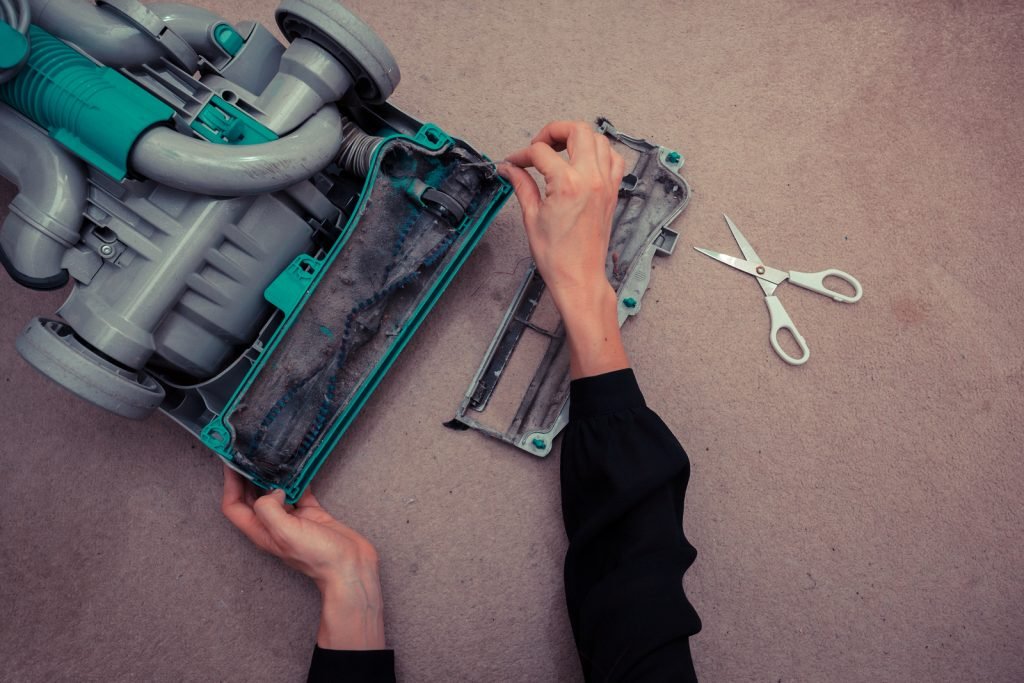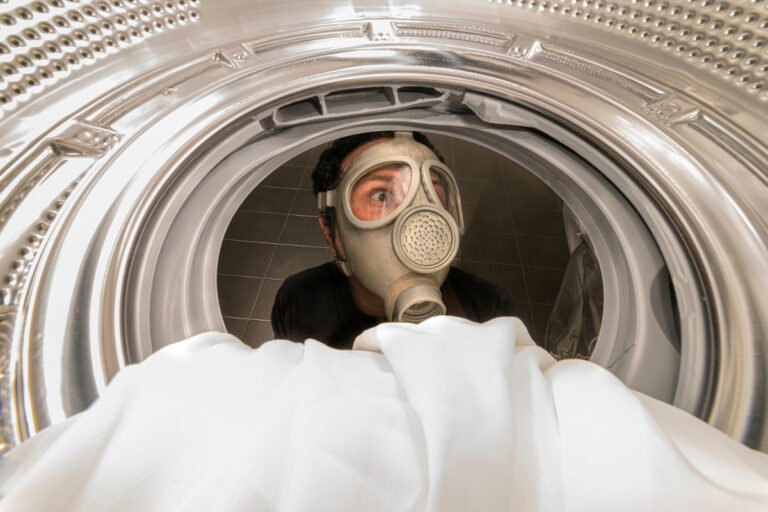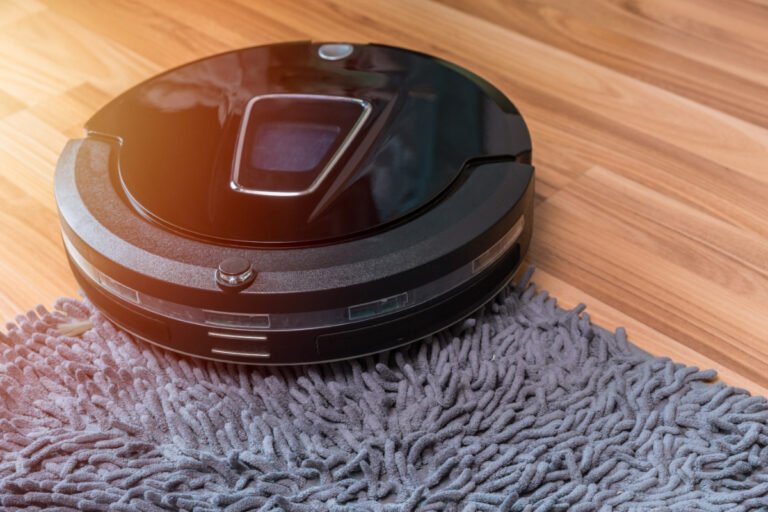How to fix the loss of suction in a Bissell Vacuum

Bissell is some of the favorite brands for vacuum cleaners thanks to its powerful and reliable technology as well as a variety of models that suit every household.
However, like any other vacuum cleaners, even the best ones can sometimes underperform. Perhaps one of the most common problems with Bissell vacuum cleaners is their loss of suction. Read Here: 10 Best Vacuum for Hardwood Floors and Carpet
Whether your Bissell vacuum cleaner’s suction power is lagging or your vacuum is not picking anything at all, there are a few hand-on maintenances on how to fix Bissell vacuum suction.
Read More:
- Master The Art Of How To Vacuum Mattresses And Pillows
- Master How To Vacuum Stairs Efficiently: Quick, Handy Guide!
- Can Robot Vacuums Be Hacked? Discover The Facts!
- Why Is My Robot Vacuum Beeping? Find Out Here!
- Easy Guide On How To Clean And Replace Vacuum Filters
1) Emptying the Dirt Bag
The first place you need to look for on how to fix Bissell vacuum suction is the dirtbag. When the dirtbag is full, or it has become torn or ripped, then there will be a corresponding loss of suction.
AS you clean, dirt accumulates in either the bag or the dirt canister, depending on the model of your Bissell vacuum.
For bagless Bissell vacuum cleaners, it is easier to monitor since the dust cup is usually translucent or transparent. Plus, there will be a Full or Max line engraved on the outside. We recommend that you empty out the dirt once it is about 50 percent full.
For bagged Bissell vacuum cleaners, some models will have a full bag indicator, letting you know when it is time to empty the dirtbag. To fix Bissell vacuum suction, you only need to remove the bag and get rid of the dust.
Whether bagged or bagless, make sure to clean the dirt canister or bag with warm water and soap, then air dry, before putting it back to prevent unpleasant odor.
Now, if you see holes or tears on the dirtbag, then you need to replace the bag immediately. Not only does it cause loss of suction but a tore dirtbag also scatters dust inside your vacuum cleaner which can damage its motor and engine.
Read More:
- Master The Art Of How To Vacuum Mattresses And Pillows
- Master How To Vacuum Stairs Efficiently: Quick, Handy Guide!
- Can Robot Vacuums Be Hacked? Discover The Facts!
- Why Is My Robot Vacuum Beeping? Find Out Here!
- Easy Guide On How To Clean And Replace Vacuum Filters

2) Cleaning The Filters
Another way on how to fix Bissell Vacuum Suction is to clean its filters and making sure that they are not clogged. Most Bissell vacuum cleaners have two filters. A pre-motor filter to keep the dust out of the motor and an exhaust filter. These filters may
have a plastic frame surrounding a sheet of material or something like a box container holding a sponge type of HEPA filter.
Most filters are washable but check with the product description or the manual to be sure. If washable, you only need to rinse the filters under cold running water and leave them to air dry for a few hours.
After that, you can insert them back into place and the suction power should return to normal.
However, if you see a damaged filter, then it is time that you replace your filters. Your manual should also indicate how often the filters need to be washed or replaced.
3) Damaged or Clogged Vacuum Airflow
If your Bissell suction is still not working properly, then perhaps there’s an obstruction in your vacuum cleaner’s hose. Stretch out the hose to full length and insert a stick or broom handle through it.
This should help push any obstruction all the way through. After that, inspect the hose from end to end and see if there’s any hole, crack, or kink that’s causing the vacuum to lose suction.
If the hose is damaged or compromised, then it needs to be replaced. A loose or bad connection also causes loss in suction so make sure that the hose is properly connected to the vacuum cleaner.
4) Check The Rotating Brush
If the beater bar or rotating brush of your Bissell vacuum is not turning, then there is a loss in suction. The brush roll sweeps debris and dirt into the vacuum hose and making it easier for the vacuum to pick up dust and dirt.
Now, if the rotating brush is not working, then there will be a corresponding loss of suction power.
Just remove the brush roll from the floor head and remove anything that is causing the blockage. Cut hairs or larger debris with scissors and remove them by hand. After that, you can clean the brush roll and allow it to air dry. Attach it back to the vacuum cleaner and see if it fixes the suction power.
However, if the blockages end up damaging the drive belt that turns the brush roll, then it may be broken and should be replaced in order to regain proper suction.
Read More:
- Master The Art Of How To Vacuum Mattresses And Pillows
- Master How To Vacuum Stairs Efficiently: Quick, Handy Guide!
- Can Robot Vacuums Be Hacked? Discover The Facts!
- Why Is My Robot Vacuum Beeping? Find Out Here!
- Easy Guide On How To Clean And Replace Vacuum Filters
5) Motor Damage
Lastly, if you already did the above steps on how to fix Bissell vacuum suction and failed, then there could be a bigger problem.
The vacuum’s motor or some parts of the motor could be damaged. A bad motor can sound off-key, it will run in fits and starts or even produce smoke.
Motors are not general DIY jobs and should be left to a professional.
On some Bissell vacuum bags, the motor uses a spinning plastic fan blade which produces suction. This fan blade is directly attached to the motor axle. Debris and dirt pass through the blades which are then pushed into the bag.
If any of these blades have been broken, the vacuum motor may run off-key or vibrate which causes loss of suction. If that’s the case, then you can just replace the fan blade.
Final Thoughts
Suction generated by a fan motor powers your Bissell vacuum cleaner as it pulls dirt through the hose and into the dirtbag or cup. Some Bissell vacuum cleaners will have a beater bar or rotating brush at the end of the nozzle that helps sweep and agitate dirt into the suction chambers.
All these parts need to be free of obstructions and cleaned properly in order for the vacuum cleaner to stay 100% functional. Otherwise, it will gradually lose suction. By following the above tips on how to fix Bissell vacuum suction, you can now again clean your home efficiently.
Read More:






